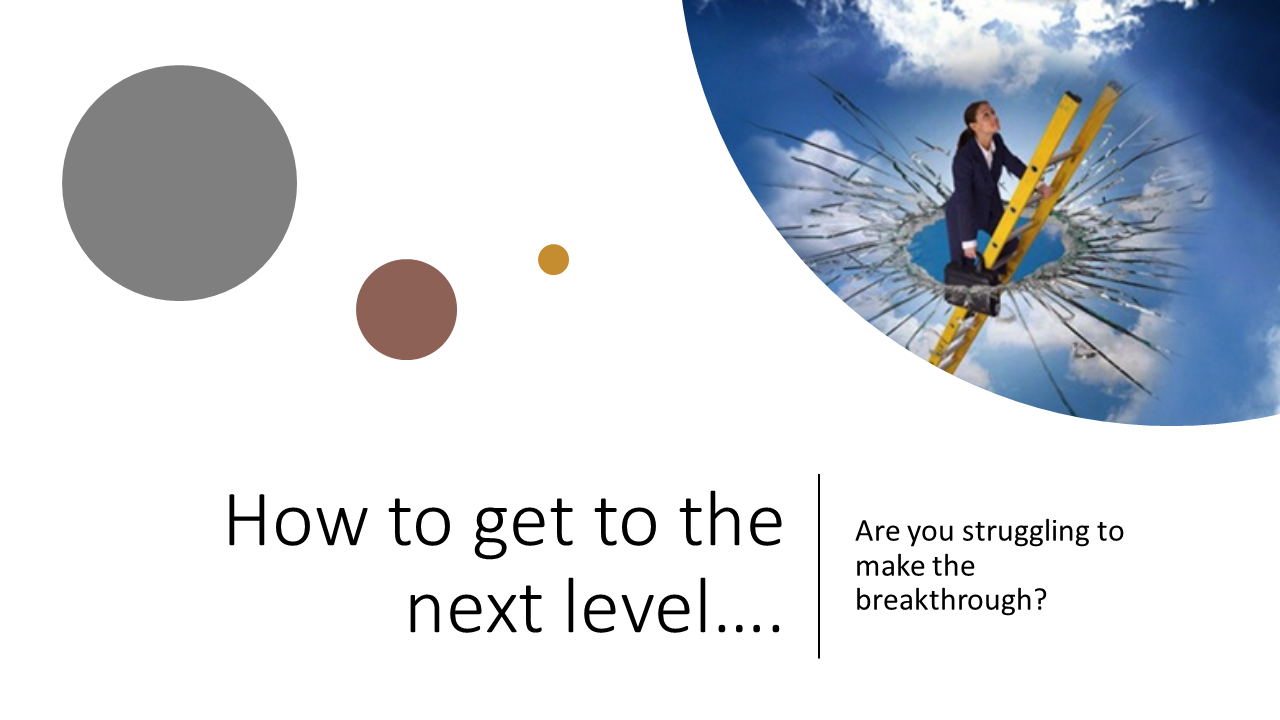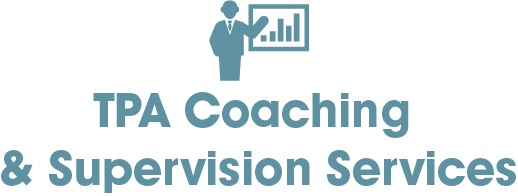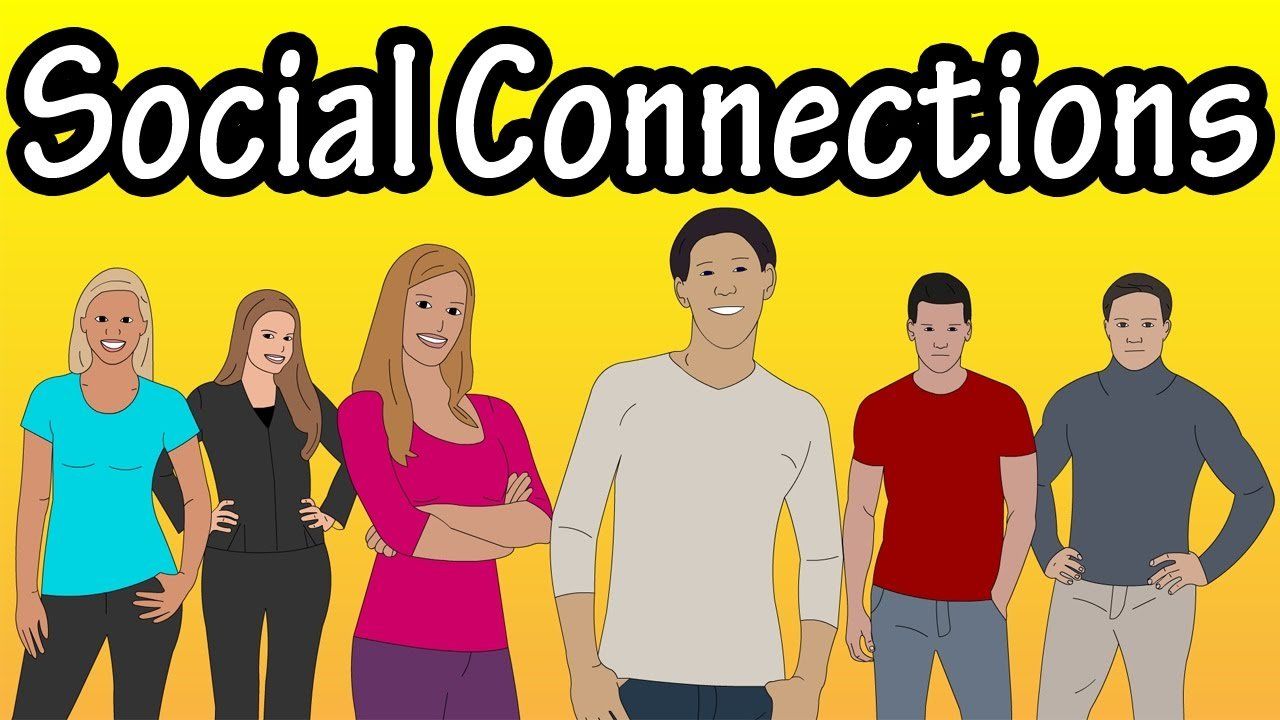Great Conversations are the underpinning key to success.
- by Tim Anderson
- •
- 15 Feb, 2019
- •
Its good to talk

For those of you old enough you may recall the BT adverts of the early 1990’s which featured the late Bob Hoskins where he told the viewer “It’s good to talk”!
But how well do we really communicate, sure we have the corridor conversations with colleagues whilst we are at work. And we have countless meetings with internal and external contacts.
From time to time we may have more formal meetings where we talk at or talk with a member of our team. And of course, we are constantly communicating to the various stakeholders that have a major influence on our organisations.
Conversations take place all the time and are a major part of our role whilst at work. But I wonder how many of us have considered how well we communicate and how well we have been versed in truly effective communication skills?
We read about the art of communication and how we need to build trust and develop rapport to enhance effective communication but how well do we really do this and how often do we create the right space and conditions to enable truly great and effective conversations?
Companies these days want innovation, but it can’t happen without risk and creativity. So, what do you do to bring the workplace trust levels up to where you can have the difficult conversations to propel growth?
How can we create the conditions that enable collaboration, shared experience, mutual learning and use the shared capability of our teams toward innovation?
Safe and healthy conversations are the key to empowering your team to interact with their peers and wider stakeholders and create incredible results collectively.

Build better relationships with key stakeholders by improving your team’s communication skills.
When we talk about communication, it is important to acknowledge that an ability to communicate well, can help you to build positive working relationships with your key stakeholders and this is key to organisational success.
Developing your team communications skills is not just an internal function either, if you can help develop the ability of your key Stakeholders to communicate well you can create an environment where a two-way open and honest dialogue can create the foundation of a great relationship.
We need to be able to develop our workforce, so the organisation can create the conditions that enable collaboration, shared experience, mutual learning and use the shared capability of our teams toward innovation.
People thrive on connection and affirmation, not criticism and judgment. When we listen to connect rather than listen to judge we create a platform for peering into each other’s minds and become the catalyst of our next-generation thinking. This in turn can enable us to set more helpful, meaningful, and productive objectives for the future.
When we adopt the framework of listening to connect, we improve our ability to connect, navigate and grow with others. We make better friends, better parents, and better partners – and in business we make better decisions and become better leaders for the present and the future.
Some examples:
Buyer/ user interactions
Most buyers these days know what they’re looking for and carry out most, if not all, of their research before purchasing. This means a longer sales cycle and more opportunities for your lead to engage or even disengage. Indeed, it is now more vital than ever to keep that positive relationship throughout the process consistent.
If our stakeholders are our users or benefactors in the case of service provision, then understanding the individuals needs is key to an effective service provision.
Using skills gained through coaching, client facing teams can develop techniques which help them engage with their customers, patients, clients or co-workers through proven methods such as the CLEAR model (Contracting, Listening, Exploring, Action, Reflection/Review)
Some typical engagements might include:
- Finding out whether the customer would like help and what they would like to achieve (contracting)
- Inquiring as to what options the client has already thought through or tried (listening)
- Exploring the alternatives options the stakeholder might be interested in (exploring)
- Supporting the customer while they try on clothes, operate the self-service checkout or engage in a pilot project (action)
- Gain feedback and checking if there is any additional help the customer might need (review/reflection).
It all sounds quite simple, so what might these engagements look like in different situations?
Here are a few further examples I have been involved with recently.
Partner Interactions
I have has recently worked with sales executives at a well-known IT company using coaching and the CLEAR model (Coaching, Listening, Exploring, Action, Reflection/Review) to engage with their software VAR partners.
Throughout the year this enabled them to re-engage with their clients, qualify where potential new partners could be found and customise the on-boarding process to speed up their sales process.
Supplier Interactions
The CLEAR approach can also work well for suppliers. Companies can use it to select key partners and build up rapport, trust and mutual profitable styles of collaborative working. This can be carried out through setting clear terms of engagement and service level agreements which each party is confident the other can fulfill.
This is typified by a client I have been working with within the IT Service Management industry who selected a vendor to work with which adds value to their own end user customers.
Compliance Interactions
Many organisations have compliance or industry-specific regulatory bodies they must work with on a regular basis. Using effective communication methods such as CLEAR can also help in these relationships.
Recently, a Further Education College, approached me with the aim of improving their Ofsted rating from Good to Outstanding. Rather than sit back and wait for an Ofsted inspection to give them areas to improve on, the college implemented the CLEAR model to identify their weaknesses and developed an action plan to address their challenges to better meet their goal. Coaching was then used to help them address these weaknesses and prepare for their next Ofsted inspection.
Another client working in the Financial Services sector had ended up with special measures being imposed due to several discrepancies in client engagement. They faced a visit from their overseeing body to ensure adequate policies and procedures had been introduced to rectify these issues.
To illustrate their new compliance, they gathered reviews and supporting evidence and utilised a CLEAR approach during their meeting with the assessor. This encouraged good rapport and interaction with the assessor and an encouraging outcome, helping them to achieve the necessary compliance obligations.
Inter department communications
Working with a team of data-base managers in a successful charity this year we came across a communication challenge that was leading to discrepancies in data that the fund-raising team could use. By using enhanced listening skills and creating good questioning techniques, developed from the CLEAR method of engagement, the service provision has now become far more interactive, and encourages deeper thought and accuracy when a fund campaign manager requests a service.
This has led to faster response times and more accurate data for the fund raisers to work with.
A similar approach was adopted by a leading IT organisation where feedback between front- line sales and the technical development team was proving to be particularly challenging and leading to lots of time consuming and costly meetings, where both groups were away from the “coal – face”.
Developing each team members ability to move from transactional conversations into areas of mutual learning and inquiry has ensured product development is both timely and client focused which in turn has reduced significantly their product time to market.
In conclusion
Adopting a CLEAR communication to all your key stakeholder engagement will provide a more collaborative relationship, help engage with clients as well as support customer service improvements.
Applying this model to tactical communication techniques that of how Neuroscience and the physical working of the mind and body lead to a current use of three levels of engagement we can begin to unlock techniques that help us move toward conversation which are based on high levels of trust and co-creation.
For information on one idea of how to make this work, visit our workshop page at
https://spark.adobe.com/page/tT2mUoEdJoK9V/


In these challenging times I would like to share some thoughts with you why being people focused will have longer term benefits once we move out of lock down and toward more favourable times.
The term of the month seems to be furlough and I understand the need for businesses of all shapes and sizes to take whatever steps they need to take in order to survive however we would urge all organisations that have needed to take these measures not to fall into the trap of “out of sight out of mind”.
Never before have we had an opportunity as business owners and organisational leaders and managers to show that our people focused cultures are indeed what we do and how we act. I wonder how we might meet this challenge.
Taken from an excellent guide from the Chartered Institute of Personnel and Development ( CIPD) to an explanation on the rules and regulations around furloughed workers here we can provide a brief explanation furloughed working regulations.

I wanted to share a coaching session I provided to a client recently who brought to their coaching session a topic on how to support them in an up and coming bi-annual performance review. It was an interesting use of a coaching session and it got me thinking, why do we still carry out performance and staff reviews in methods created in the last century?
Employees the world over have been subject to the annual appraisal for as long as I can remember, I think I attended my first one back in the late 1970’s, I am not sure they have moved on much since then!
Back to my coaching session though. The coachee had suggested we look at areas such as how she could communicate a rich and powerful story that could describe many of the great things she had achieved since her last review and which were not captured by the standard KPI’s that everyone was measured against in the organisation. She wanted to include feedback on the things she had done since she had been promoted late last year, so her manager was aware of her growth. And she wanted to widen the theme, so the conversation did not major on merely what she had done this past month or so.
My client wanted to explore with me how to make less visible things visible; she wanted to include items such as being a team player, being seen as trustworthy by her staff, showing up to work with the best version of herself on offer and how this delivered on her being considerate and respectful of the team members. What she was eluding to was how to get the strengths in soft skills onto the agenda?
All too often the agenda that is set for the review is to meet the needs of the manager and that of the organisation, ticking off an event in the calendar and ensuring that key business drivers are being met. This is fair but also one sided and whilst it might support short term deliverables the business needs, it does not address the team members own career aspirations very well, neither does it address some of the harder challenges facing many organisations today in terms of recruiting, retaining and developing their workforce for the 21st Century challenges they face.
Two or three other areas we considered exploring were around the review process itself and how we might be able to keep key things top of mind continuously and not just at review time. How best to do this?
We considered the difference between performance reviews and development reviews? How can the attendee ensure both performance (an historic measure) and developmental conversations (taking a future perspective) take place within the meeting? We considered how to raise awareness of how the softer challenges were important in terms of reaching the organisational goals.
I was impressed with the approach my coachee had taken to preparing for the forthcoming meeting and that she had considered bringing this topic to coaching, she also mentioned how she had talked with her peers which in turn had added to the depth of information she was using to be able to best plan and approach the meeting. Clearly there was some deep thought from my client around how best to take advantage of the forth coming review. She acknowledged and accepted that the three key areas her company measured would need to be addressed but she wanted this to be a two-way process.
On reflection of the session I considered several things, firstly I wonder how well her manager was preparing for this meeting? I have had several coaching sessions with senior managers who have shared with me that whilst they always intend to approach the annual reviews with a greater level of planning, by the time review season hits, other dynamics have taken preference to the allocated planning time and so they end up with more of the same as last year.
I also considered the power of regular reviews; these are opportunities to learn and plan for both the manager and their employees. I am reminded of Bernard Marr description of why we measure from his fantastic book Managing and Delivering Performance ( p141) where he suggests we measure for three reasons, firstly because we do not trust our team will perform ( pretty negative), secondly because we have to (compliance) or thirdly, because we want to provide rich information that can help us improve. Of course, we all aspire to the third of Marr’s reasons, but I wonder how well we manage the review process as managers and how rich and varied is the quality of the data we use when carrying out such reviews?
It occurred to me too that most organisations offer reviews as a type of snapshot. There is nothing wrong with this in theory, and an annual review is better than no review at all. I noticed my client’s company were carrying out reviews twice a year and I know other organisations where I coach that do so each quarter. Each organisation uses a variety of tools to collect data that can be used during the review such as 360% surveys, performance impact data on internal and external customer satisfaction, team retention. But generally, this data is also provided as a snapshot. And yet, with the advances in technology and data integration it must be feasible to provide accurate and up to date information that each employee can use on a weekly or daily basis to help identify improvement areas. By providing up to date and regular data to our teams we can ensure the performance reviews are not the dominant process, or worse, continue to be the only way we support our employees. By providing data that our teams have regular access to, the employee can take ownership of their own development as part of their regular routine.
With the frightening statistic that 87% of employees worldwide are not engaged at work (Gallup 16) and considering that 50% of all millennials in the workplace are asking for more feedback and further, where many of the workforce in 2020 are working remotely and often with more flexibility with working hours, I wonder what your organisation is doing to support your workforce and helping them to feel included, invested in, ensuring they feel part of the future plans of the organisation and, most importantly, supported in being the best they possibly can within their respective roles?
I am interested to hear from you on processes your organisation is adopting to meet these people challenges, and what technology are you using, or considering using, to help support these challenges going forward.
It would be great to learn more.
And on a final note, one of the frustrating elements to a review is when the team member does not come prepared, here is one amusing example that springs to mind.
https://www.youtube.com/watch?v=IkYUDQCYGHA&t=80s
Working as a coach and as a consultant I have been quite amused by the number of organisations that have used “Vision 2020” as a title when launching new strategic initiatives. As we fast approach the end of the decade and reach 2020 I wonder what organisations have achieved in terms of supporting their teams and leaders to deliver on their “2020 visions”?
The time for 2020 vision is fast approaching and is accompanied by challenges such as:
· 87% Of employees worldwide are not engaged with their work (Gallup 2016)
· Leaders are increasingly required to support staff in complex and multicultural environments.
· Senior executives are managing teams that are often working remotely and across time zones.
· Many are managing teams where they do not have direct authority.
· Dispersed workforce's are having to be managed within the lens of cost reduction and reducing the organisations carbon footprint.
· Compliance continues to be a challenge where legislation is produced locally, causing duplication of cost across nations and borders.
· Where the influence of technology is enabling personal values of different culture and generations across the globe to consider life with a different and fresher mindset.
· Where ease of communication and connectivity has invigorated topics such as personal health, well-being and the sustainability of our planet.
· And where wealth creation and imbalance regarding the distribution of such wealth is now far wider than 20 years ago and yet technology continues to make the world smaller and as such leads to tension and dissatisfaction.
So, what is the role of the 21st Century leader? Certainly, the modern leader is no longer required to be the knight on the white charger, fixing all in front of them, but perhaps now is required to be the facilitator of change.
When considering the past, present and the future we need to ask:
How well did we prepare managers and leaders to work in such a VUCA world where change is the norm?
What support mechanisms are delivering the outcomes we NEED to see today?
What initiatives and development methods will support our leaders in contributing to the success of our respective organisations in the future to help meet such challenges?
As we approach a new decade, it might be a great time to stop, reflect and consider what organisations need from their leaders and senior executives.

Hitting the glass ceiling, being over-looked for promotion
or perhaps you are just head down and working hard and looking forward to
promotion……. but getting nowhere?
Getting to that next level may not be all about performance, hard effort and working long hours.
According to Harvey J Coleman from his book Empowering Yourself, how well you do your job may have very little to do with how successful you are in your professional career. Coleman suggests that how well you do your prescribed work will account for only about 10% of your overall success.
Coleman suggests that career success is based on the 3 key elements of Performance, Image and Exposure (PIE):

With so much noise surrounding coaching these days it is hard to distinguish between good practice within coaching and mentoring and interventions that are merely responding to a fashionable trend.
Coaching has grown of age over the past 30 years, with many organisations using both internal coaches and mentors, as well as using external experts to deliver outstanding individual results. Yet despite this maturity within the coaching and mentoring area, I still come across pockets of excellence of business coaching that have failed to move from isolated examples into long term and sustainable methods of doing business. The main reason for this I believe is the lack of published and substantiated success of how coaching and mentoring can impact effectively on corporate objectives.
Most coaching and mentoring interventions appear to remain at the 1:1 level. This is not surprising as coaching and mentoring is often provided to support the individual, however the importance of the individual’s development should have a wider impact than on just their own performance and ability.
For coaching to be able to demonstrate how it benefits the greater success of the organisation, we need to consider the knock on affect they have within their role, their department and ultimately on how they contribute to the success of the business.
Professor Peter Hawkins talks about the systemic approach to coaching where a coach considers the wider implication of a clients challenge when supporting in a 1:1 session. This can be illustrated below.

He argues that developing these core traits often requires an executive to drop certain habits and clear the path to concentrate on developing good behaviours
In this last of three articles around increasing executive presence I will consider the impact that Organisational Presence can have on your ability to become a great leader.
Eblin highlights the following areas he feels should be developed by a manger and the areas a great leader should drop in order to thrive on organisational presences:

In the second of three articles around increasing executive presence I will consider Team Presence as an essential core competence.
Eblin considers team presence in terms of team reliance over self-reliance, defining what to do rather than telling how to do it and finally to shift from responsibility for many results toward being accountable for many results and allowing your team to share and prosper in the departments success.
So how can coaching, training and development of you as a leader enable you to develop the correct environment to deliver modern-day leadership services to your team and wider stakeholders.
Within this article I will share my thoughts and experiences around team presence and some of the methods I have been able to use to help executives enhance their ability in this area.




